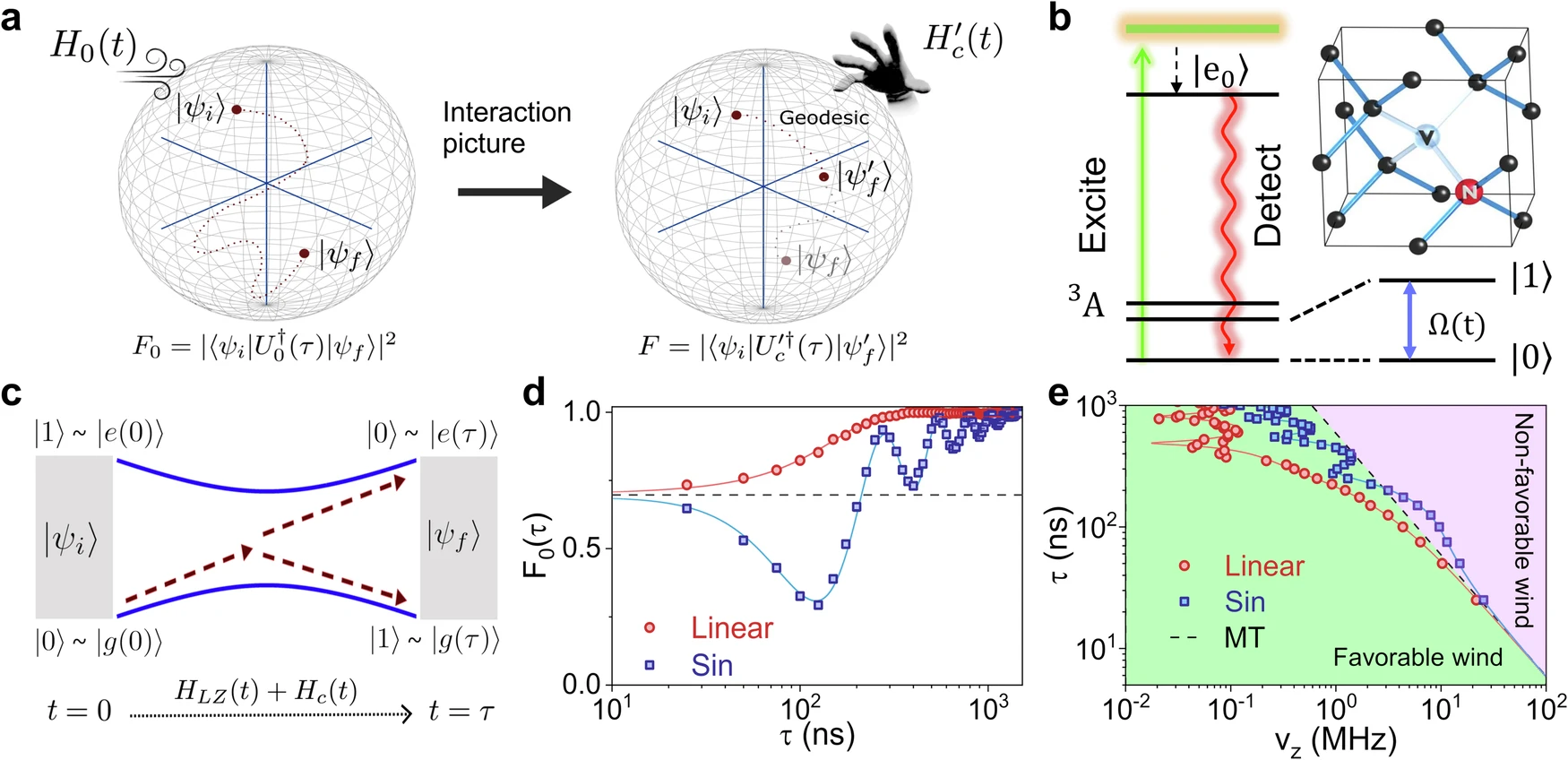The ultimate goal of quantum error correction is to achieve the fault-tolerance threshold beyond which quantum computers can be made arbitrarily accurate. This requires extraordinary resources and engineering efforts.
The researchers at Lawrence Berkeley National Laboratory show that even without achieving full fault-tolerance, quantum error detection is already useful on the current generation of quantum hardware. They demonstrate this by executing an end-to-end chemical calculation for the hydrogen molecule encoded in the [[4, 2, 2]] quantum error-detecting code. The encoded calculation with logical qubits significantly improves the accuracy of the molecular ground-state energy.


